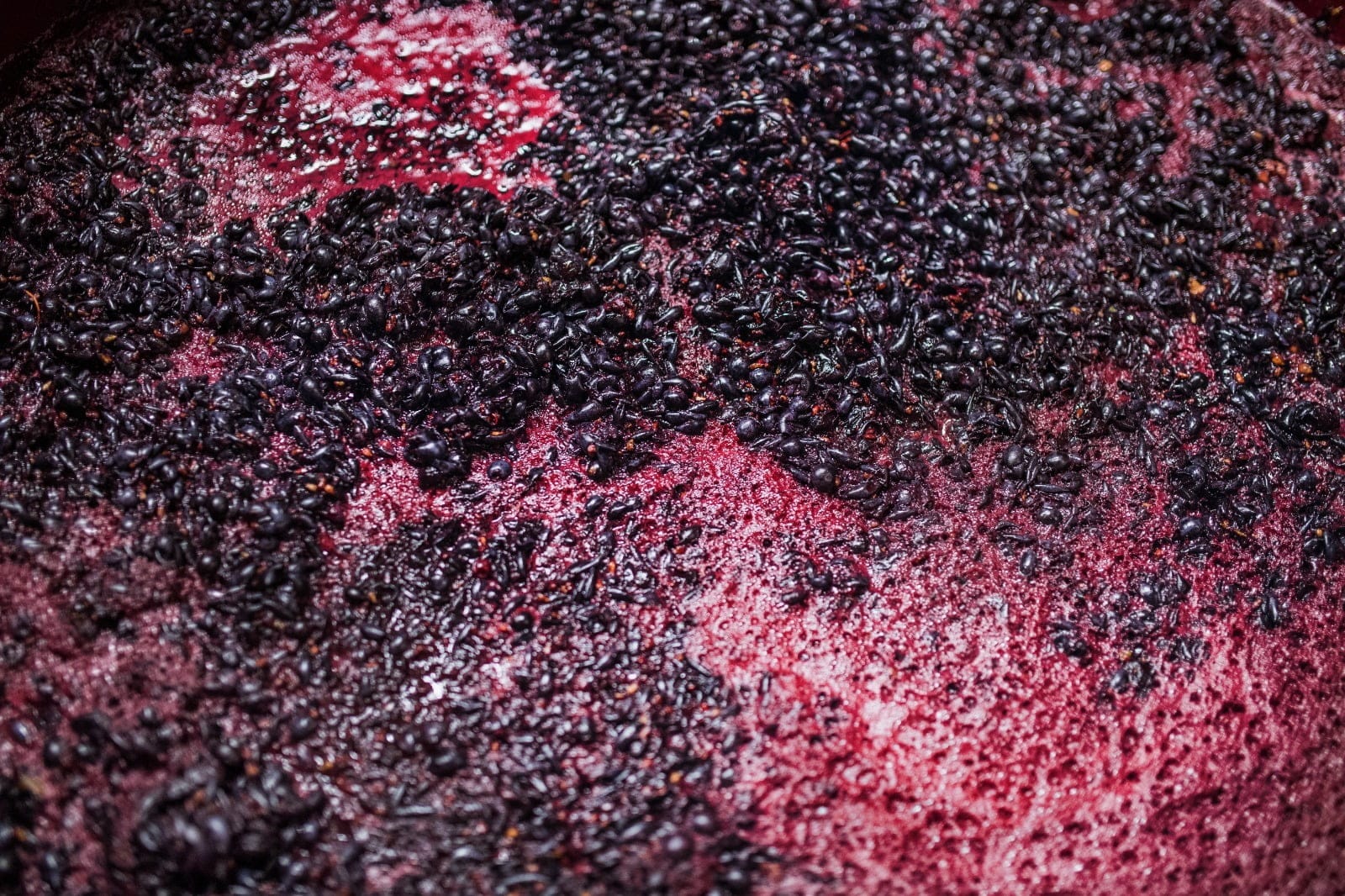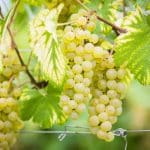If you have ever wondered from which grape the oenological magicians were able to make so many different colors of the same wine, you must know that it is possible. At least 3 wines can be made from a black wine grape, in at least 3 colors: white, rosé and red.
“Where there is law, there is no haggle!”
The European legislation that rules the production of wines in the member states leaves to their discretion the details regarding the specific conditions for indicating the production methods on the wine label. [1]
The names of the grapevine varieties, which produce grapes for winemaking and/or their synonyms (where they exist), are included in the "International list of grapevine varieties and their synonyms", managed by the Organization International of Vine and Wine (OIV), which can be found on its website.
Each country has the right, through its specialized institutions, to establish the way in which the names of the wine grape varieties are written in its official language and the established spelling for them. The OIV list is updated periodically, the last time Romania submitted changes and additions was in July 2013.
The most recent published legislation [2] regarding how to write the names of grape varieties allowed for planting and production on the territory of Romania is from 2020. These legislated names for Romania must be kept exactly as they are, regardless to the language used for label translation, because these appellations are part of our national identity.
About a certain grapevine variety, with reference to its country of origin or to a wine produced in any other country than Romania, it would be deontological to write as indicated by the OIV List. In the Vitiscatalog, which can be consulted on VIVC, was made a compromise, writing in capital letters the entire name of the grapevine variety/clone/elite/hybrid/ rootstock.
As well as it is done with the scientific names in biology and related sciences, in order to give elegance to the writing and to easily find the name of the plant variety in a text, the specialists in the field of grapevine and wine agreed that it should be written in Italic font, i.e.: Riesling Italian or Cabernet Sauvignon. If the name of the grape variety is part of the wine’s name, then we will write it as it is composed on the commercial label.
Is it compulsory to make only reds from black wine grapes?
Winemaking technology and techniques have experienced major transformations in recent decades, they have been modernized and at the same time they have brought classic practices back to date, in new clothes. Maceration or the contact of the must with the grape berries’ skin has got back into the winemakers’ attention, because the taste of consumers is returning to natural, original and authentic.
White wine is usually made from white grapes. In France (and we took the phrase from there), in Champagne, Chardonnay is used to make Blanc de Blanc‘, that is, a ‘White from White’ wine. The French launched this name to make a strict distinction especially between the white (blanc, fr.) base wine for sparkling wines, obtained from white grapes and that obtained from gray, pink, red or even black grapes. Yes, even black grapes, as in the case of Pinot noir, from which the wine ‘Blanc de Noir‘ (‘White from Black’) is being made.
From the colored wine grapes (gray, pink, red, black) you can get a lot of final nuances in the wine that has or has not gone through a period of maceration on skins, from white to dark red, depending on the variety and the time spent or not in contact with the berries’ skins.
Likewise, from white wine grapes (yellow-greenish, yellow-straw, yellow-orange, yellow-copper, yellow-amber) you can make white wine with maceration, the so-called ‘Orange wine’, the most famous being the wine made in Georgia, in qvevrithose buried vessels, in the shape of huge eggs, made of clay.
A complicated but requisite name for wines with maceration
Naming wines with maceration, especially white wines, is a rather complicated matter. That’s why O.I.V. issued a resolution stating that it is correct to write (for Orange type wine) "white wine with maceration".[3]
In Romania, we have a legislative void regarding new (or old) winemaking techniques, and most of the Specifications for PDO and PGI provide only that the technology is "[…] according to in force legislation".
Therefore, let’s see what the bottlers can write on the label of the wine that benefited, in its elaboration, from the maceration on grape berries and skins:
-
- The white wine obtained by maceration on grape berries and skins (Orange style wine) could be written, for example: Riesling Italian – white wine with maceration
- The aromatic wine obtained by maceration on grape berries and skins, from aromatic wine grape varieties could be written, for example: Muscat Ottonel – wine with maceration or Negru aromat – wine with maceration
- Rose wine obtained by maceration from gray, pink, red or black wine grapes could be written, for example: Pinot gris – wine with maceration (rose) or Babeasca neagra – wine with maceration (rose) and would be classified according to the legal norms, to red wine. [The legislation provides for rose wines to be classified as reds, which have a different fiscal or customs regime than the white wines. Even in the mandatory declarations (production declaration, stocks declaration) the distinction is made in two categories: white and rose/red.]
- White wine obtained from gray, pink, red or black grapes could be written, for example: Cabernet Sauvignon – wine without maceration (white)
Theoretically, all wines produced by prolonged contact with the grape berries and skins or from free-run grape juice without extracting the color from the berries, should be described in the Specifications for PDO or PGI, with the exception of varietal wines. For varietal wines, the legislation allows only certain wine grape varieties for vinification and there are no specifications.
Varietal wines from the varieties admitted in Romania: Aligote, Burgund mare, Babeasca neagra, Chardonnay, Cabernet Sauvignon, Feteasca neagra, Feteasca regala, Merlot, Muscat Ottonel, Pinot gris, Pinot noir, Riesling italian, Sauvignon blanc, Syrah, can be produced by any of the primary vinification methods mentioned, depending on the oenological qualities of the wine grape variety and the production direction chosen by the wine producer.
These special production methods, such as the maceration on the grape berries and skins or the total lack of them (as in the case of ‘Blanc de Noir’ wines) should be written in all the documents that accompany the wine, from its finishing to the label on the bottle that we choose it to enjoy it. It is the most correct method of ensuring traceability and the one that facilitates the certification of the origin and authenticity of the respective wine, by the oficial body authorized to do it, O.N.V.P.V.
You can find, at a given moment, at the same time, on the same shelf, or in the same tasting session, a wine from Pinot noir or Cabernet Sauvignonwhite, rosé or red. And if you remember the story that already has been told, you will say that it is… normal!
Resources:
[1] REGULAMENTUL DELEGAT (UE) 2019/33 AL COMISIEI din 17 octombrie 2018, de completare a Regulamentului (UE) nr. 1308/2013 al Parlamentului European și al Consiliului în ceea ce privește cererile de protecție a denumirilor de origine, a indicațiilor geografice și a mențiunilor tradiționale din sectorul vitivinicol, procedura de opoziție, restricțiile de utilizare, modificările caietelor de sarcini ale produselor, anularea protecției și etichetarea și prezentarea
[2] ORDIN nr. 273 din 17 septembrie 2020, pentru aprobarea Listei soiurilor de struguri de vin care pot fi plantate, replantate, altoite pe teritoriul României în scopul producerii vinului
[3] RESOLUTION OIV-ECO 647-2020 – WHITE WINE WITH MACERATION







